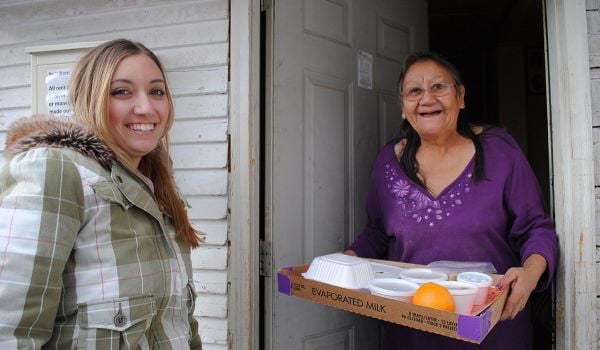Christchurch resident Martin Howman was not shy about detonating 900 pounds of gelignite explosives under the homes of his former neighbors.
For a long time he was one of the few people still living in his suburb. Most of his neighbors had fled in 2011, when a 6.3-magnitude earthquake left the community devastated. Now, however, Howman was helping to rebuild that community and others like it – by blowing up the very ground beneath it, with the blessing of the Christchurch authorities.
When the 2011 earthquake struck, “liquefaction” was a concept few residents of New Zealand’s second-largest city were familiar with. But in the catastrophe’s aftermath, they came to know it all too well as they helped shovel silt out of each other’s sinking homes. Liquefaction occurs when an earthquake strikes a specific type of terrain, one where soft soil is topped with a layer of much harder earth. When the friction from the shaking shuffles the soft soil below, the weight of a harder top layer presses down onto it, forcing the soft stuff to the top, like liquid. The process renders the land unstable – after it happened in New Zealand, thousands of residents had to abandoned their neighborhoods.
As the area’s only remaining resident Howman was given the curious honor of doing his bit for a research project that sought to better understand how liquefaction works and how to prevent it. On October 25 last year, at the appointed time, he pressed two buttons simultaneously, triggering a series of below-ground explosions where engineers had placed a variety of concrete and gravel columns. These columns change the makeup of the soil by stiffening it and, theoretically, help mitigate the effects of liquefaction in the event of an earthquake. This test was to see how the system would perform.
As he pressed the buttons, a piece of Howman’s old neighborhood, long since abandoned, jumped and jostled just like it had the day of the 2011 quake. Cameras inside the homes showed floor boards shaking and kitchen benches being thrown from their foundations. Drones hovering above captured images of roof tiles being shaken loose and shock waves thudding through the earth. Signs had been placed throughout the wider area to reassure passersby that the sounds were just science in action. Many gathered at a safe distance to watch the spectacle unfold.
The techniques the research team were testing have been used before in the construction of heavy infrastructure like airports and dams, but never before in a sprawling suburban setting.
“These trials are the largest and most sophisticated of their kind ever undertaken,” said Hugh Cowan of New Zealand’s Earthquake Commission. “The lessons learned will be every bit applicable around the world.”
Liquefaction is an ongoing problem faced by hundreds of cities. Seattle, Vancouver, Portland and Memphis all have the right mix of land type and seismicity to put them at liquefaction risk. Which is why this experiment was so significant – and why it had been aided with funding from the United States’ National Science Foundation. The Earthquake Commission, which led the project, had been joined by scientists and engineers from Cornell and Texas Universities along with experts from Britain, Japan and the Netherlands.
“It’s tragic, but Christchurch was also the ideal natural laboratory,” Cowan said. “We experienced the damage which highlighted the problem, but it also created the context in which to learn.”
Indeed, University of Texas PhD student Julia Roberts dubbed it “a once in a lifetime chance.”
“People will be talking about this for decades,” she said.
While about $8 million was spent conducting the trials, Cowan said the research could save untold billions in the future. Not only are the researchers learning how to reinstate damaged property, but also about preemptive actions that could help cities avoid huge costs in the event of a disaster.
The methods appeared to work. The liquefaction that was produced after the explosions seemed less intense than without the stabilization system. The columns confined the effects of liquefaction, and the denser ground meant the houses appeared to be stable on the earth.
While the final results of the tests are still being internationally peer reviewed the methods have already been transferred to a pilot program for landowners who have been stuck in limbo. Both insurers and builders have been reluctant to risk rebuilding on unstable land. For some, these techniques should change that.
“For those that have participated, they have been on a fast track to resolution,” Cowan said.


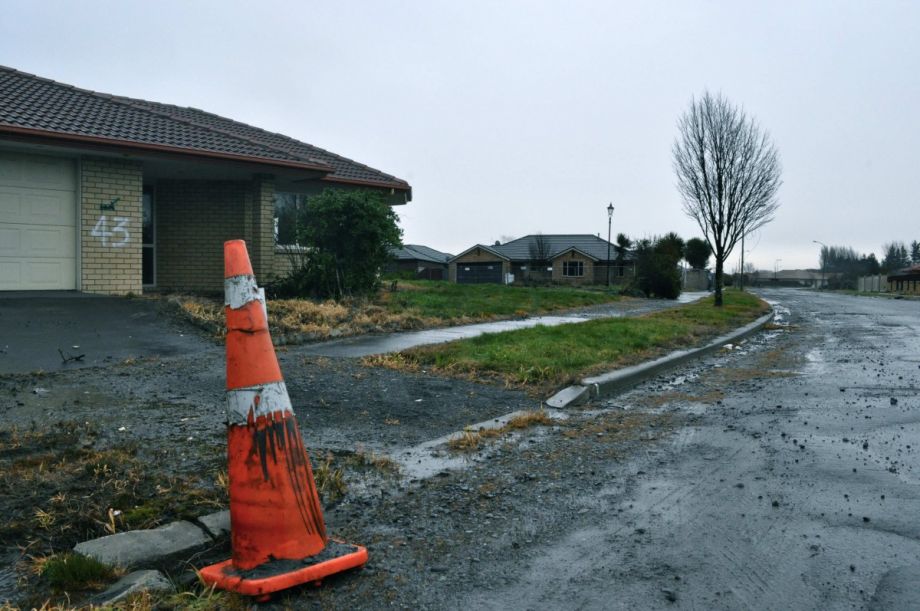



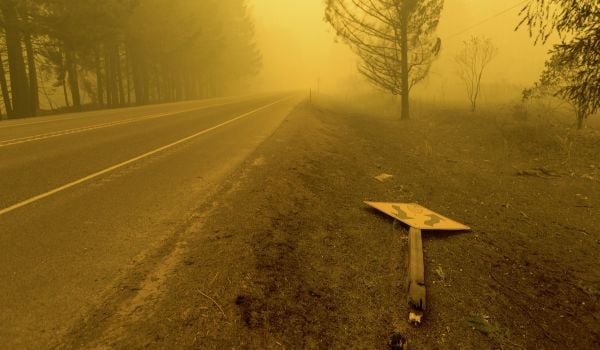
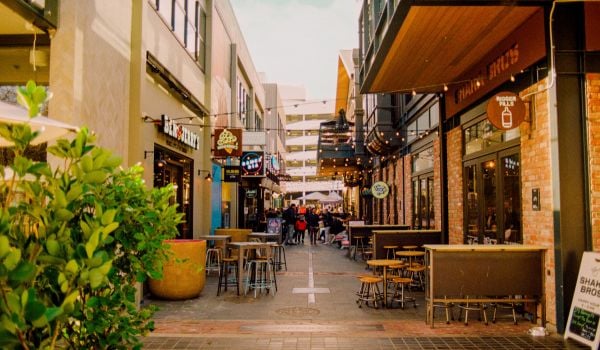
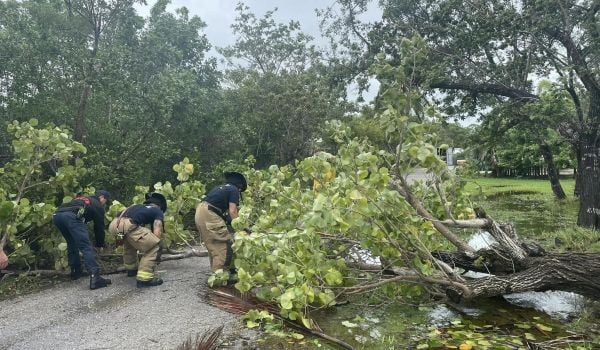
_1200_700_s_c1_600_350_80_s_c1.jpg)
